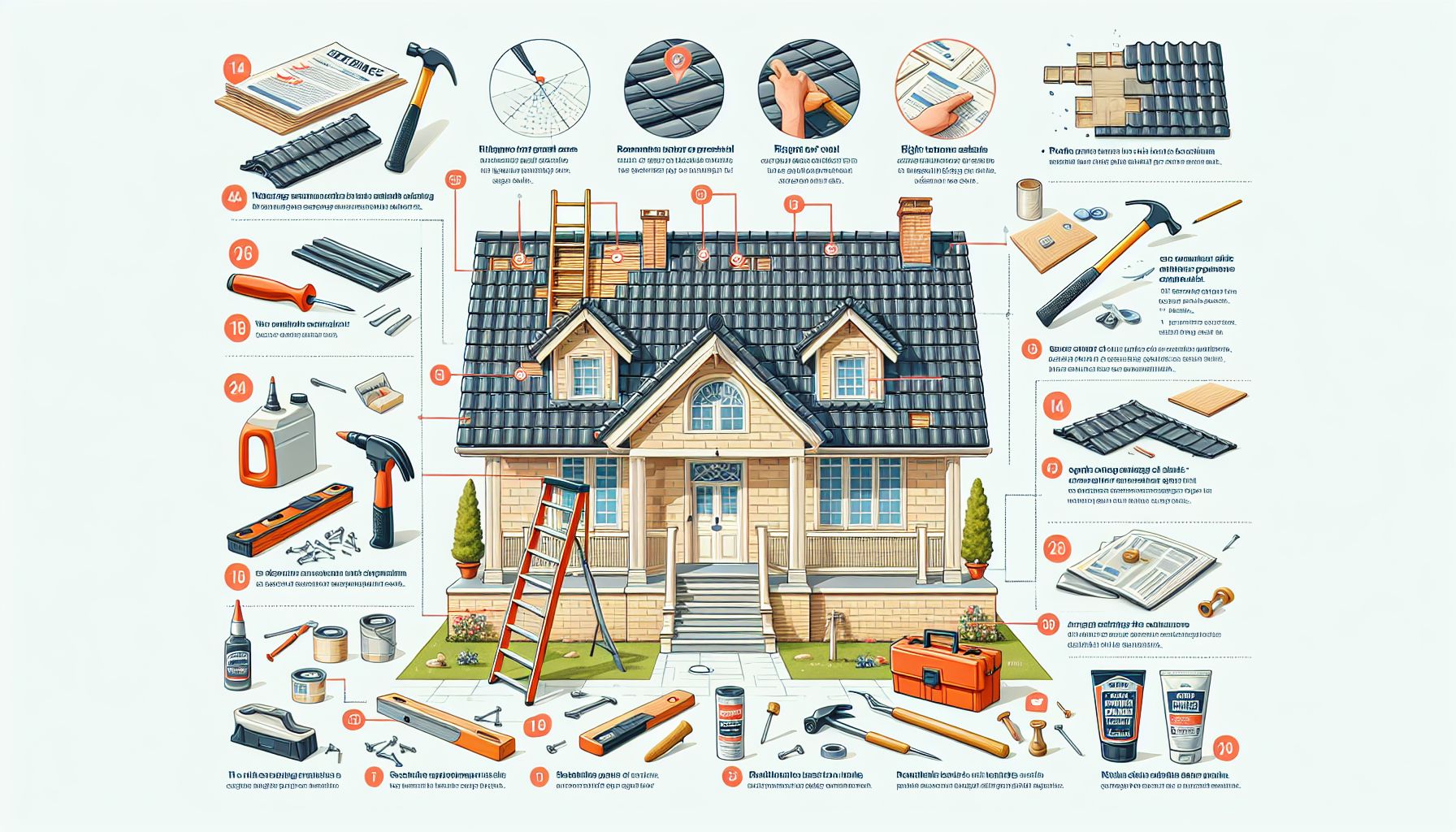As a homeowner, ensuring the longevity and integrity of your roof should be a top priority. A well-maintained roof not only protects your home from the elements but also enhances its overall aesthetics and value. However, over time, wear and tear are inevitable. Whether it’s due to severe weather conditions or simply the natural aging process, roof repair becomes a necessity. In this article, we will discuss some essential tips for homeowners to consider when it comes to roof repair and replacement.
Understanding the Signs of Roof Damage
Before diving into the world of roof repair, it is crucial to identify the signs of roof damage. Being proactive and spotting issues early can save you from costly repairs down the road. Here are some common signs that indicate your roof may need attention:
- Leakage – If you notice water stains on your ceiling or walls, it could be a sign of a leaky roof. Addressing this issue promptly to prevent further damage is advisable.
- Missing or Damaged Shingles – Keep an eye out for any missing, cracked, or broken shingles, as they can allow water to seep into your home and cause significant problems.
- Granule Loss – Excessive granules accumulating in your gutters or visible bald spots on shingles indicate their deterioration. This may require repairs or a complete roof replacement.
- Sagging Roof – A sagging or drooping roofline is a cause for concern and should be addressed urgently, as it may indicate structural issues.
- Increased Energy Bills – If your energy bills are steadily rising, it could be a sign of poor insulation or ventilation in your attic, which often links back to roof problems.
Take Preventive Measures
Regular maintenance and preventive measures can significantly extend the lifespan of your roof. Here are a few simple steps homeowners can take:
1. Inspections: Schedule periodic roof inspections performed by experienced professionals. They have the expertise to spot hidden issues and address them before they escalate.
2. Clean Gutters: Regularly clean out your gutters and downspouts, as clogged drains can lead to water backup, causing roof damage and leaks.
3. Trim Overhanging Branches: Trees near your house can pose a risk to your roof during extreme weather conditions. Trim back branches that may scrape or fall onto your roof, preventing unnecessary damage.
4. Attic Ventilation: Ensure proper attic ventilation to prevent the accumulation of moisture. Improper ventilation can cause mold growth and damage your roof and insulation.
Choosing Between Roof Repair and Roof Replacement
When faced with roof damage, the decision between repair and replacement can be a daunting task. While repairs are often less expensive, there are instances where a roof replacement is warranted. Here are some factors to consider when making this decision:
-
Extent of Damage: Assess the extent of the damage to determine if a repair can adequately address the issue. If the damage is widespread or recurring, a replacement may be necessary to ensure long-term stability.
-
Age of the Roof: Consider the age of your roof. If it is nearing the end of its lifespan, a replacement might be a more cost-effective solution in the long run, providing you with peace of mind for several years to come.
-
Appearance: Evaluate your roof’s appearance. If the majority of your shingles are damaged, mismatched, or discolored, a roof replacement can significantly enhance your home’s curb appeal.
-
Energy Efficiency: Older roofs may lack proper insulation, resulting in increased energy consumption. If you’re concerned about energy efficiency, a replacement allows for improved insulation and ventilation, potentially reducing your energy bills.
Hiring a Professional Roofing Contractor
Whether you opt for roof repair or replacement, selecting the right roofing contractor is crucial. Here are a few factors to consider:
-
Experience and Expertise: Choose a contractor with a proven track record in the industry, ideally with experience in handling projects similar to yours.
-
Licensed and Insured: Ensure the contractor is licensed and adequately insured to protect both parties in case of accidents or property damage.
-
References and Reviews: Check online reviews and ask for references to gauge the quality of their work and customer satisfaction.
-
Warranty: Inquire about the warranty offered by the contractor. A reputable contractor will stand behind their workmanship and provide warranty coverage for any potential issues.
Conclusion
Regular maintenance, prompt identification of roof damage, and timely repairs are essential for ensuring the longevity and structural integrity of your home. By understanding the signs of roof damage, taking preventive measures, and making informed decisions regarding repairs or replacement, homeowners can protect their investment in their property. Remember, always consult with professional roofing contractors to guide you through the process and provide high-quality services. Stay proactive, and your roof will faithfully shield you from the elements for years to come.
